I am currently working in Chicago, IL on the Aaron Sorkin movie The Trial of the Chicago 7. The last time I was here was in December 1984 (I was an infant) working on a new production of A Christmas Carol for the Goodman Theatre. My most vivid memories from then were how cold it was outside and how much I enjoyed the Art Institute of Chicago. Eager to return to the museum, I spent a good part of yesterday taking in as much as I could. Naturally, I was on the hunt for anything with an inventive repair, and found a few choice examples.
Goblet (Pokal). Germany, c.1660. A silver disc was used to secure a broken stem.
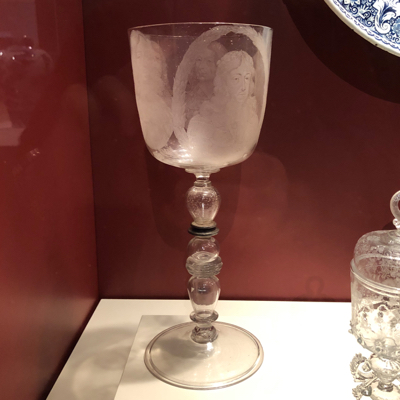
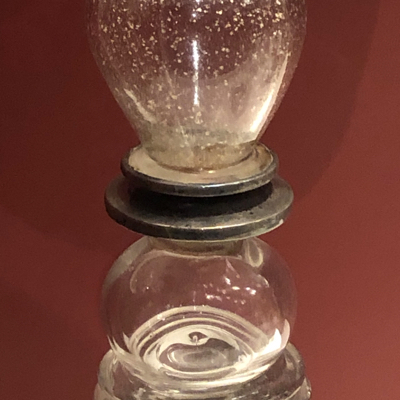
Container Depicting Warriors, Rulers, and Winged Beings with Trophy Heads. Peru, c.180 B.C./A.D. 500. Before this enormous container was more recently restored, I imagine animal sinew was laced through the large holes, hundreds (thousands?) of years ago.
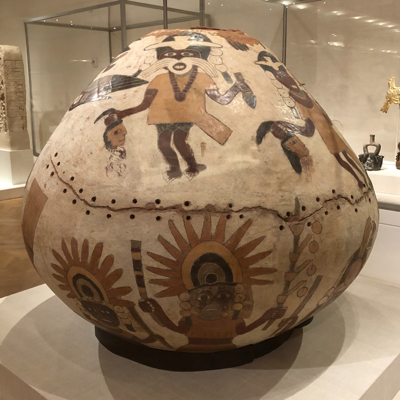
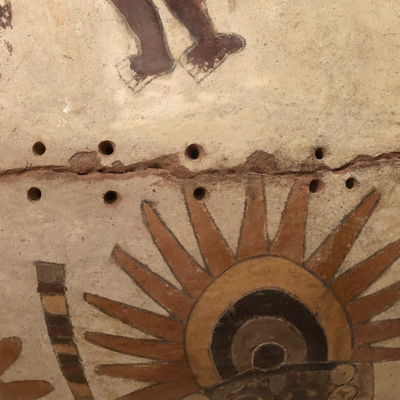
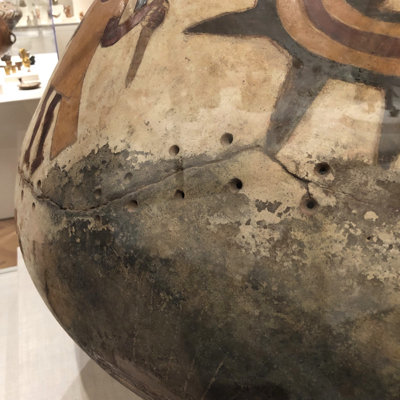
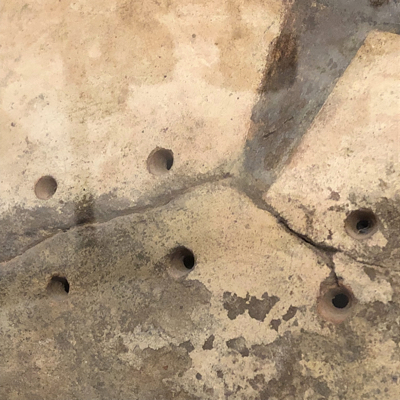
Bencharong (Five-Colored) Ware Covered Jar. Thailand, c.1850. Look closely for a braided rattan band securing a large crack. I have never seen this method used before and am eager to find more examples.
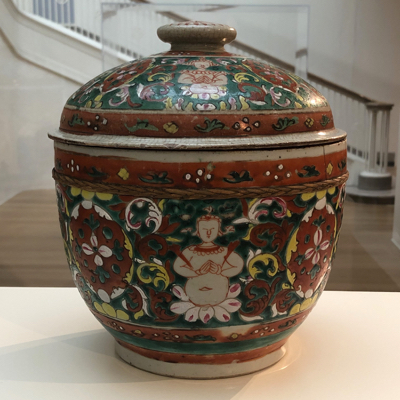
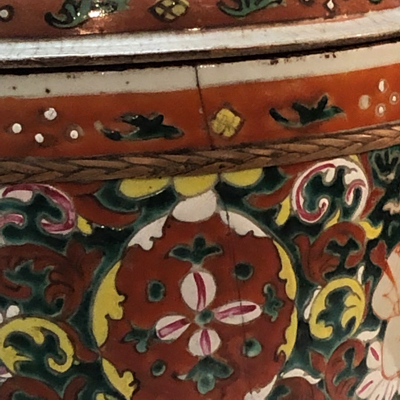
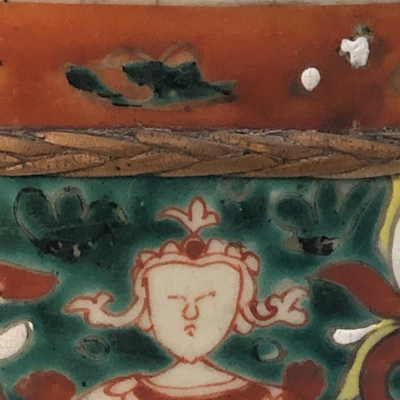
Although the Chinese export porcelain depicted in this painting by Raphaelle Peale, c.1822, appear to be intact, I’d like to think that when the artist dismantled the still life tableau, all of the fragile pieces fell to the ground and had to be stapled back together. Well, I can dream, can’t I?
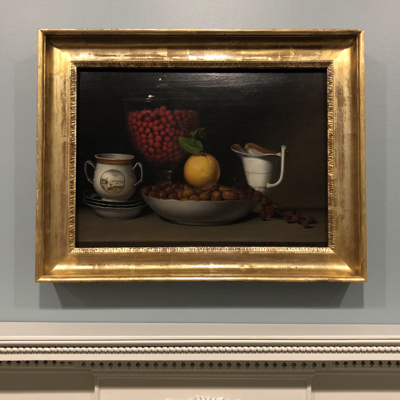
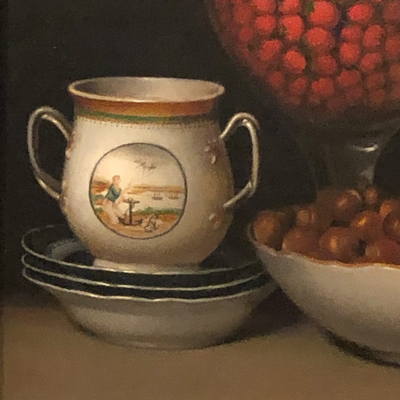
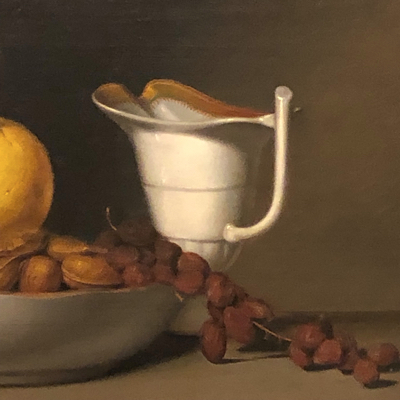
Hi Andrew!
I missed this post somehow. Anyway, regarding the large Peruvian ceramic jar, I wish the conservators would have been able to preserve/interpret the sewn (sinew) repairs; that would make the piece even more interesting (although its hard to top severed heads!). I understand the reasoning but it might make another talking point.
I agree with you, Leslie. Would love to have seen the repair in its original condition. Well, at least they didn’t fill in the holes!